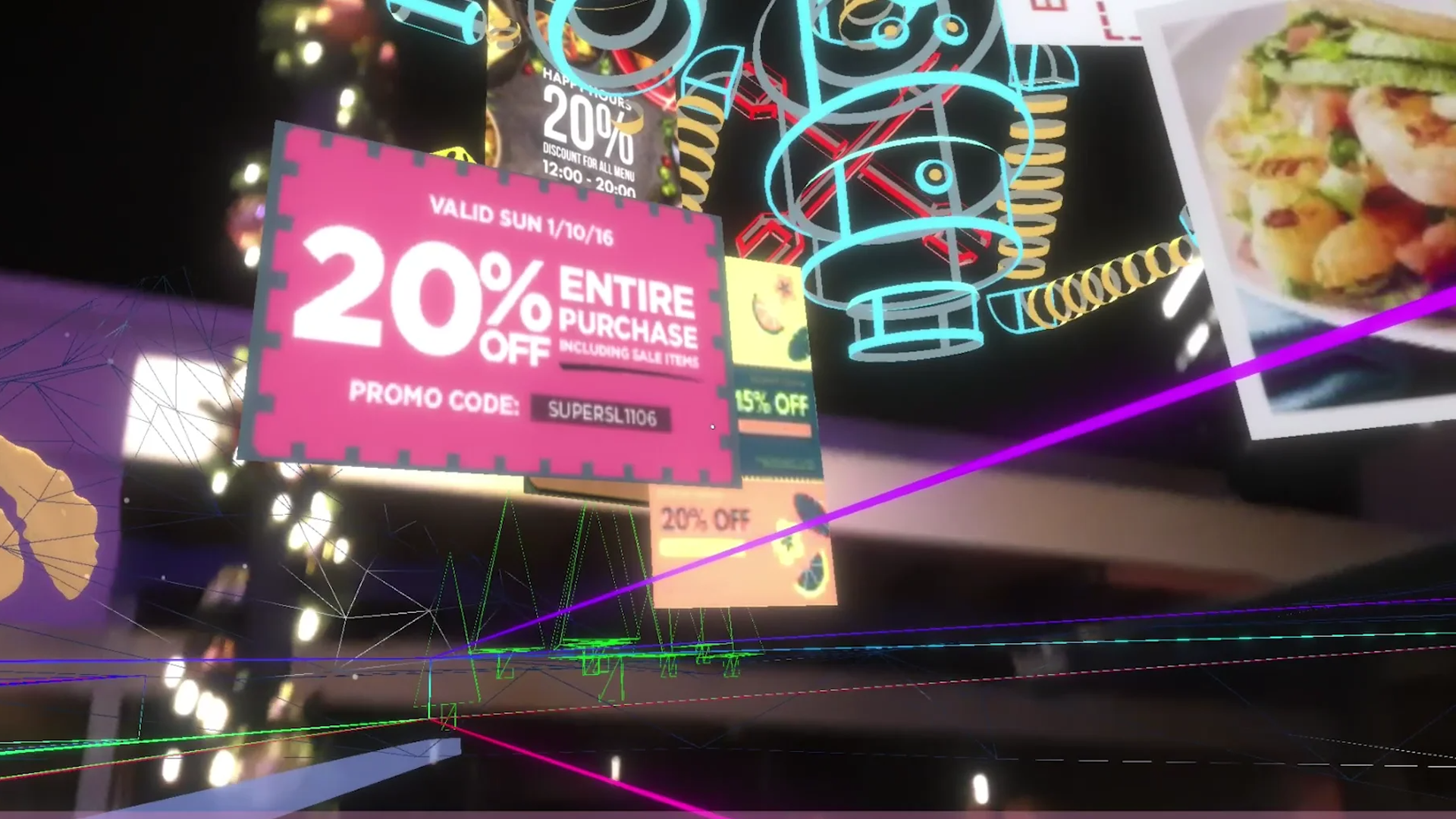The City as Platform
202012_ATDL
Platform design for adaptive inhabitation of urban void
In this 3rd workshop of the design studio, we are going to explicitly look at the urban public spaces by simulating the adaptive and dynamic use of urban spaces. We will be seeking a potential smart system to dynamically occupy our urban environment, mocking up the future of cities. For this, we will be developing Augmented Reality Applications which allow users to experience and interact with multiple agencies at the same time that both exist in the real world and virtual world.
Course Coordinator Casey Rehm
Program Faculty Soomeen Hahm, Damjan Jovanovic
Image credit: Calvin Sin, Romano Ian Dayagbil, Soomeen Hahm (SCI-Arc Design Lab)
The City as Platform
Platform design for adaptive inhabitation of urban void
Instructor Soomeen Hahm
Deliverables AR Application mocking up adaptive public space of the smart city in LA
Tools will be used Unity, Mapbox SDK, AR Foundation, AR Core, MRTK, Yolo, ML Agent
Description
In the US more than 30 billion hours per year are spent for commuting which is a tremendous waste of human potential. It has been admitted that exponential expansion of urban networks to resolve traffic issues for most of the developed cities are almost impossible. Instead, many researchers have been searching for new inspirations. In nature, such as blood veins, traffic spaces are wisely occupied by multiple types of self organized blood cells. Inspired by nature, self driving cars and adaptive use of urban spaces are heavily investigated nowadays. Many speculative projects have emerged such as reconfigurable dynamic streets by Sidewalk Labs or Frey the smart city AI for Dubai.
In this 3rd workshop of the semester, we are going to explicitly look at the urban public spaces by simulating the adaptive and dynamic use of urban spaces. The urban spaces include traffic roads, parking lots, highways, urban void, public park etc., functioning to serve commute, transport, social and more. We will be seeking a potential smart system to dynamically occupy our urban environment, mocking up the future of cities. For this, we will be developing Augmented Reality Applications which allow users to experience and interact with multiple agencies at the same time that both exist in the real world and virtual world.
The workshop will focus on how digital augmentation of the built environment is transforming how we inhabit cities and how they increasingly function as platforms. Smart cities, or cities which utilize digital platforms to manage utilities, physical plant, and occupant use are a continually evolving concept. The examples of extant implementations range from the fully integrated, like in the case of Songdo South Korea, to platforms overlaid on existing cities like Uber. These platforms are evolving the way we inhabit the urban environment and require us to reconsider their architectural implications. Students will develop an augmented reality application for their smart city design from the previous exercise. Students will use Los Angeles as physical armature to simulate their applications and allow for feedback into the design of their final project.
Course Number AS2711
Vimeo Showcase
https://vimeo.com/showcase/7532866
Syllabus
AS2711 The City as Platform – Soomeen Hahm
AS2711 Platforms of Interaction – Damjan Jovanovic
DS1711/4000 Platform 1 – Casey Rehm
Roster
Evdoxia Besmerti
Christina Laney
Yaqing Mao
Sanghyun Suh
Case Berman Aaron Miller
Xianing Chen
Shuai Ma
Burak Celik
Evdoxia Besmerti & Case Berman Aaron Miller
Yaqing Mao
Shuai Ma
Selection
Xianing Chen
Burak Celik
Sanghyun Suh
Knowledge Google Doc [Edit]
Click here to edit the documentation

